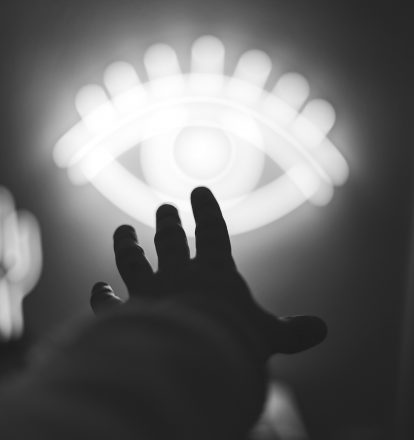

The core tenet of behavioural economics is that people do not act in line with traditional models of rational behaviour. Humans don’t use conscious, cold logic to analyse various options but instead opt for what meets our preferences. We were treated to a whirlwind tour of behavioural economics and learned about key insights that demonstrate how consumers often “deviate from these models of rational behaviour.”
The split between system 1 and system 2 thinking is at the heart of many of BE’s findings. Our brains think in (at least) two distinct ways; system 1 thinking is largely intuitive, automatic, and emotional and system 2 thinking is overtly considered, effortful, and driven less by emotion. We are evolutionarily hardwired to avoid unnecessary effort and our brains consequently use low-energy system 1 where possible. There are countless examples showing how “there are lots of changes in our environment we totally miss.” When asked to count the number of passes made in a video of a basketball game, most respondents didn’t notice a man in a gorilla costume walking directly across the screen. As people are not consciously engaged with the world and with their decision-making, Nick sees “the job of marketing as designing decisions for other people”.
Designing decisions involves making use of many psychological principles. The ‘framing effect’ describes how presenting a choice as a loss or a gain will change people’s attitudes. ‘Choice architecture’ considers how presenting choices differently changes responses. Other key considerations included the “vividness of the present” relative to the future, i.e. that we can confidently picture the near future but the more distant time we attempt to imagine, the vaguer and blurrier the picture.
One major online retailer decided to build in an option to skip the ‘Register now’ step when first-time customers opted to check out, instead breaking the process down into numerous other, more purpose-driven, steps (enter payment details, etc.). By the time the consumer clicked ‘Remember my details,’ most customers had in fact registered but the increased ease of the process reduced the number of consumers dropping out of the process to the tune of a $300 million increase in online turnover that year.
Nick believes that consumers are just looking to make simple, confident decisions and rationalise them after the fact. Brands are heuristic, offering a shortcut to an easy, reliable decision based on cultural meaning created over time. The exciting opportunities for cross-discipline hybridisation of behavioural economics and semiotics present themselves.
Behavioural economists construct hypotheses about people’s attitudes and actions, conducting empirical research from consumer behaviour. Commercial semiotics deconstructs the meanings and values we ascribe to brands and products, closely interrogating why particular stimuli elicit certain responses from our brains when in system 1 gear. Rather than assuming universal human behaviour, semiotics analyses mass culture to isolate the drivers and informers for particular attitudinal states and how these vary within cultures.
Given that people do not act according to rational models, neither behavioural economists nor semioticians ask consumers to self-report the reasons for their actions. As Nick said, “People’s thinking and feeling about a brand only matters inasmuch as it [translates into] behaviours.” Behavioural economics gives us data on how people act; semiotics breaks down why they act and how it will likely change in the future.
An output of Lunch & Learn, an internal, monthly lunch where we invite experts to teach us new and exciting things.